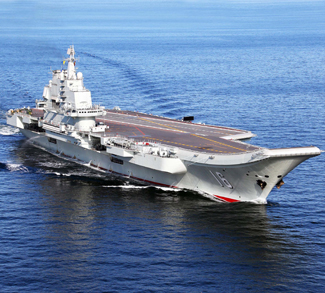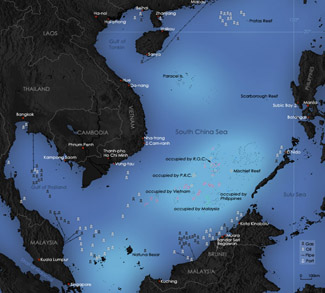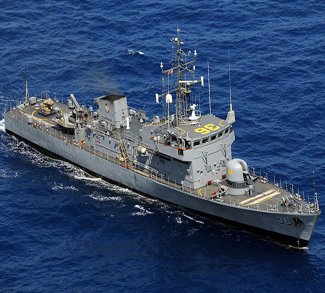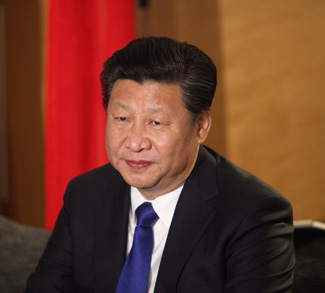Summary
A recent Pentagon report on China’s military capabilities tells us what we already know: the Middle Kingdom is looking beyond its borders to establish a military footprint in regions outside of East Asia. The development is a natural step given the direction of Beijing’s military spending, particularly its procurement of aircraft carriers: first the Soviet-built Liaoning, and more recently the domestic-built Shandong, which launched at the end of April. These platforms – and their supporting infrastructure – will be needed to defend Chinese citizens and interests in far-flung lands, or so the prevailing logic goes. But whatever you do: don’t call these new facilities ‘military bases.’
Impact
The paradox of a Pax Sinica. When is a military base not a military base? When it belongs to the PLA Navy. Then it’s a ‘refueling facility,’ ‘logistical complex,’ ‘personnel hub’ – anything, really, so long as it’s not called a ‘military base.’
The reason for this semantic aversion lies within the PLA’s name itself: People’s Liberation Army. China’s national and diplomatic mythos is centered around anti-imperialism, defensive arms, and respecting state sovereignty. The idea of extraterritoriality has long been anathema to China, a country that suffered greatly under the yoke of Western imperialism. But now things are changing. China has interests far beyond its own borders, like the One Belt, One Road initiative. These interests require some new, hegemonic thinking that runs contrary to the previous mythology. And thus a ‘military base’ becomes a ‘refueling facility.’




